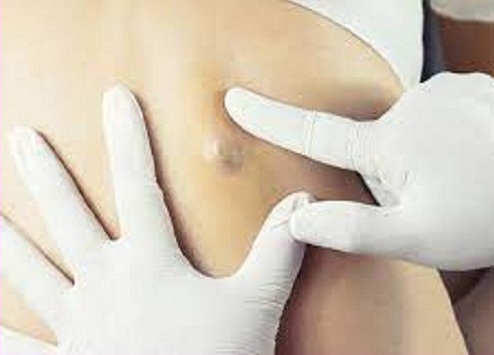
TREATMENT
This might be because of infection, because the cyst gets in the way of normal actions, or because it is in a prominent location.
Procedure
A local anaesthetic to numb the area
Antiseptic procedures to avoid creating or spreading infection by preparing the skin area, and using a drape and sterile kit
Using a blade and other instruments to cut the cyst out
If a cyst has burst or there is an infection under the skin, the doctor may need to lance and drain it. A course of antibiotics may also be needed.
Tiny cysts can also be treated by lancing and draining.
Doctors removing a cyst will aim to remove it completely. If part of the sac wall is left behind, the cyst may form again.
Removing a cyst can leave a small scar. Cysts that do not cause any problems can safely be left alone without treatment
© theskincentresirsa.com, All Right Reserved.
Designed By Camsol India